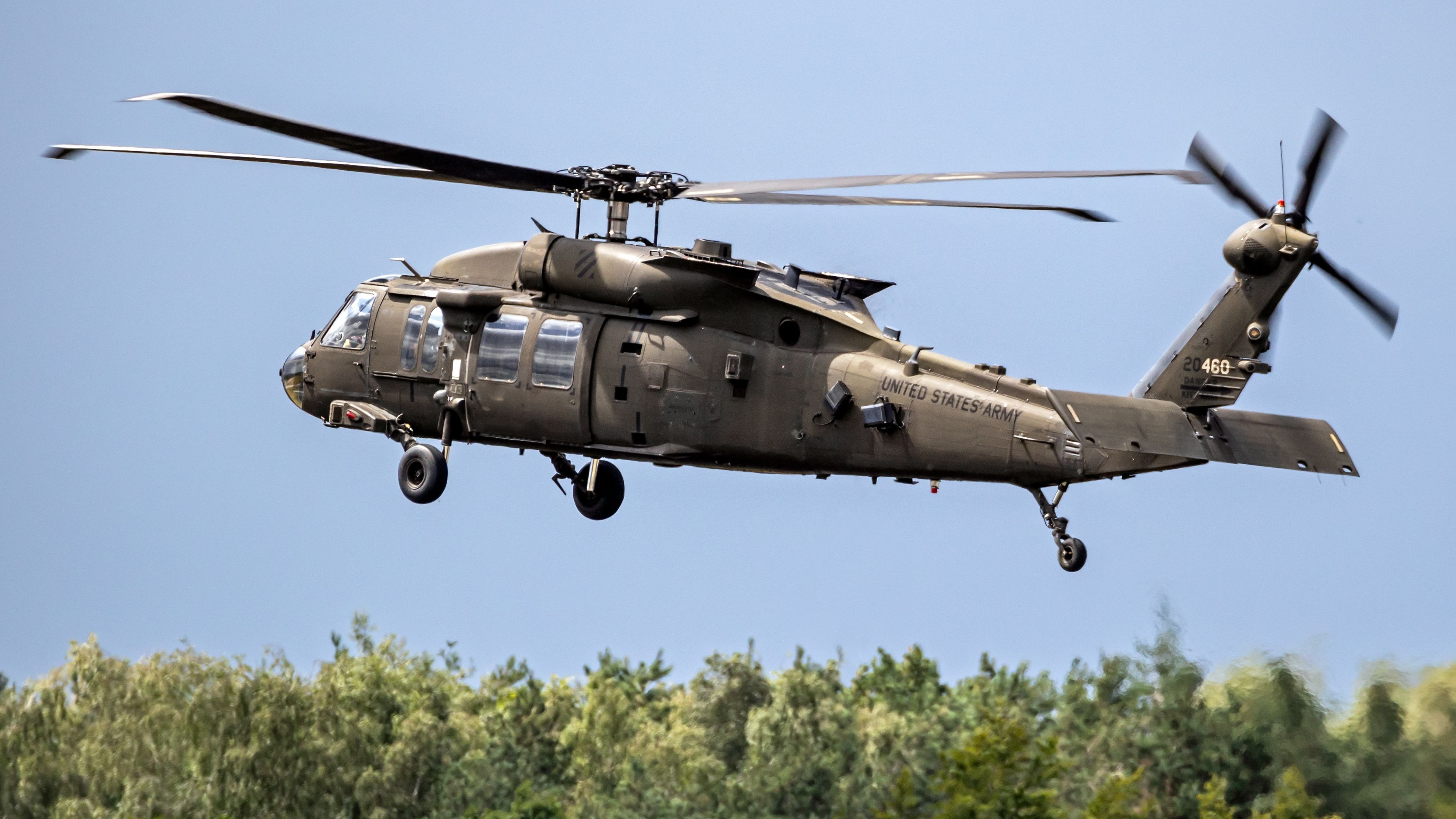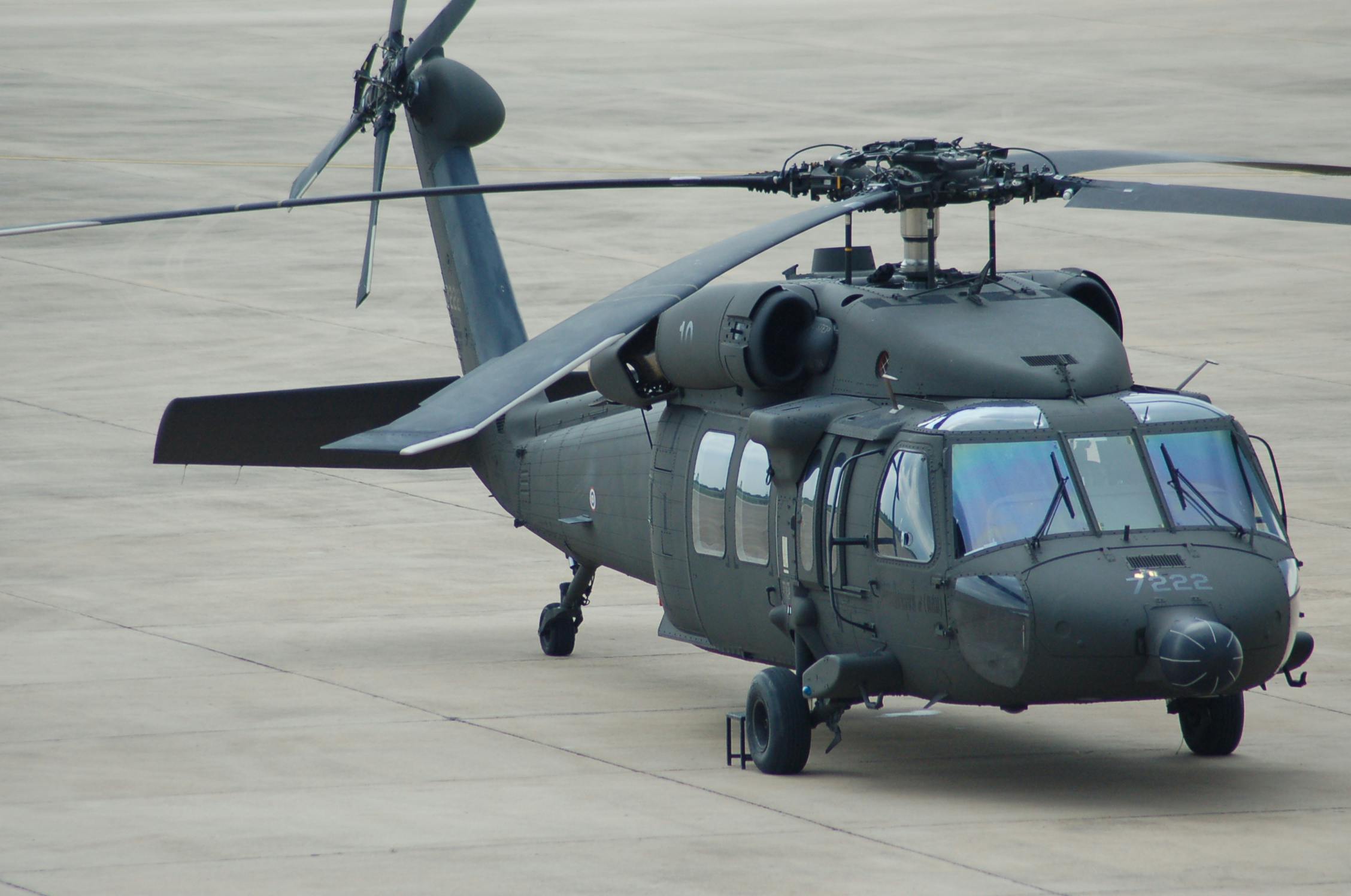Everything You Required to Understand About the UH 60 Helicopter
The UH-60 helicopter, a keystone of united state Army aviation given that its debut in 1979, represents an exceptional mix of engineering and operational adaptability. Recognized for its extraordinary speed and array, the UH-60 has been adapted for various goals, from troop transport to medical emptying. As military demands advance, so also does the helicopter, with ongoing developments focused on enhancing its capacities and integrating modern-day technologies. To totally value the relevance of the UH-60 in modern armed forces procedures, one should consider its background, style, and the future developments that could redefine its function.
History of the UH-60
Created in the late 1970s, the UH-60 Black Hawk helicopter became an action to the U.S. Military's demand for a functional energy helicopter that could do a variety of objectives under challenging conditions. The catalyst for its design was the drawbacks recognized in the earlier helicopters made use of throughout the Vietnam Battle, specifically in regards to survivability, rate, and ability to move.
The Black Hawk was developed by Sikorsky Aircraft, integrating innovative innovations and materials to enhance its efficiency and durability. It was formally introduced right into solution in 1979, rapidly coming to be a critical asset for army procedures - uh 60. Its capability to transport troops, clinical discharge, and logistical support in both battle and humanitarian missions made the Black Hawk an indispensable component of the united state Military's air travel fleet
Throughout the decades, the UH-60 has actually been continuously upgraded, adjusting to the changing nature of war and the advancing demands of modern-day army procedures. Its functional history includes participation in major conflicts, peacekeeping missions, and calamity relief efforts, strengthening its reputation as a reputable and effective helicopter in various settings worldwide.

Design and Specifications
The style of the UH-60 Black Hawk helicopter continually shows a dedication to operational efficiency and convenience. Established by Sikorsky Aircraft, this medium-lift energy helicopter includes a smooth, wind resistant fuselage that enhances rate and maneuverability. Its tandem blades system, defined by two counter-rotating blades, reduces vibration and raises lift capability, enabling for safer operations in varied atmospheres.
The UH-60 is powered by 2 T700-GE-701C turboshaft engines, providing a maximum rate of approximately 180 knots and a variety of around 400 maritime miles. Its robust airframe is created from sophisticated composite materials, ensuring sturdiness while keeping a reasonably low weight. The helicopter has a maximum gross weight of regarding 22,000 extra pounds, supporting a flexible haul arrangement.

Functions and Missions
A functional system, the UH-60 Black Hawk helicopter offers a wide range of duties and goals within armed forces operations. Created primarily for troop transportation, it can lugging up to 11 soldiers, making it a necessary possession for fast deployment and logistical assistance.
Along with troop transportation, the UH-60 masters clinical evacuation (MEDEVAC) missions, outfitted with advanced medical devices to give vital treatment during transportation. Its capability to run in varied environments improves its efficiency in battle search and rescue (CSAR) procedures, where swift extraction of personnel is crucial.
The helicopter additionally plays a considerable duty in reconnaissance and surveillance missions, using onboard sensors and tools to gather intelligence. Its adaptability extends to logistical support, capable of transferring supplies and devices to onward running bases.
In fight procedures, the UH-60 can be outfitted with various weapon systems, enabling it to give close air assistance. Its multi-role capacity makes the Black Hawk an important tool for modern military pressures, adjusting effortlessly to the developing needs of battleground scenarios and ensuring mission success throughout a variety of operational contexts.
Efficiency and Capabilities
Understood for its robust performance, the UH-60 Black Hawk helicopter flaunts remarkable capacities that improve its operational performance throughout different missions. uh 60. This multi-role airplane is geared up with effective twin-engine Turbomeca Arriel 1D1 engines, giving exceptional rate and maneuverability, with an optimum cruise ship rate of about 150 knots and a functional series of around 400 maritime miles
The Black Hawk's advanced avionics and fly-by-wire control systems significantly boost trip safety and security and handling, enabling it to run in varied environments, consisting of unfavorable weather condition problems. Its adaptability is further exemplified by its ability to bring up to 11 completely equipped troops or a haul of about 8,000 extra pounds, making it suitable for army transport, clinical evacuation, and logistical assistance objectives.
Additionally, the UH-60 is developed for survivability, including reinforced airframes, ballistic defense for crew and travelers, and progressed countermeasure systems to escape risks. The helicopter's dexterity and speed, integrated with its ability for fast deployment, make it a crucial asset in contemporary military procedures, making certain that it remains a vital component of tactical air support and combat zone mobility.
Future Advancement

One considerable focus is the assimilation of sophisticated avionics systems, which will improve situational recognition with enhanced navigating and interaction capabilities. This consists of the prospective use expert system to assist pilots in decision-making and goal planning.
Furthermore, future variations may integrate sophisticated materials and design attributes to reinforce the helicopter's resilience and minimize its radar signature, boosting survivability in objected to settings.
The introduction of hybrid-electric propulsion systems is also imminent, visite site intending to enhance fuel performance and reduce logistical worries. Such improvements could expand operational array and lower the helicopter's ecological footprint.

Final Thought
The UH-60 helicopter stands for a considerable development in military aeronautics since its intro in 1979. Its durable design, versatile abilities, and continuous upgrades guarantee its significance in various functional duties, including troop transportation and clinical discharge. As innovation progresses, future growths will likely enhance its performance through the combination of artificial knowledge and hybrid-electric systems. The UH-60's withstanding existence highlights its crucial role in modern military procedures and highlights the continuous evolution of army air travel technology.
The UH-60 helicopter, a foundation of U.S. Military aeronautics because its debut in 1979, represents a remarkable blend of design and operational adaptability. As military demands develop, so too does the helicopter, with continuous developments aimed at improving its abilities and integrating modern-day innovations.The design of the UH-60 Black Hawk helicopter regularly shows a commitment to operational efficiency and versatility. Created by Sikorsky Aircraft, this medium-lift energy helicopter features a streamlined, aerodynamic fuselage that enhances why not check here speed and ability to move.The UH-60 helicopter stands for a significant development in military air travel considering that its intro in 1979.